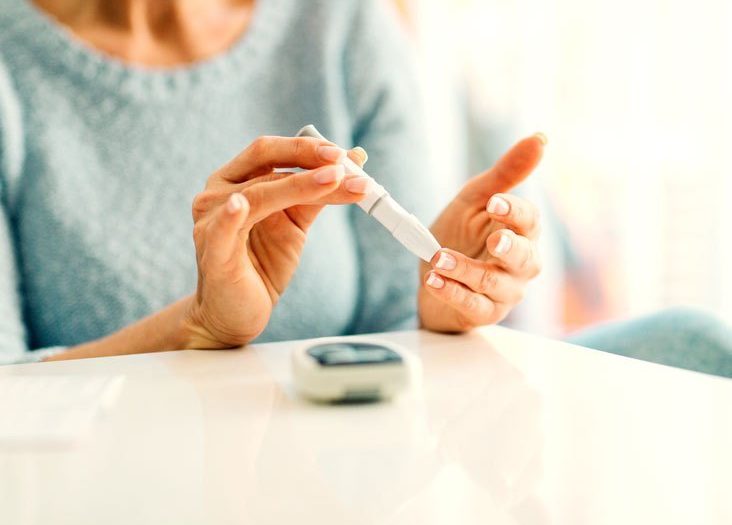For Type 2 diabetics who need to lose excess weight, keeping track of calories and carbohydrates can be confusing enough at home, but when you are on the move it can be downright discouraging. Self-monitoring is an important part of any weight loss program, and computerized tracking systems can help, according to a report in the Journal of Science and Technology in September 2012.
Investigators at the University of Florida in Gainesville, United States, looked at the use of computerized tracking systems as part of the two-year Pounds Lost study. Non-diabetic, overweight men and women were given four different diets high in nutrients and low in calories and fat.
A computerized tracking system gave the participants feedback about their eating plans and physical activity levels… to help them decide what to eat and what activities to perform.
Those who used the system the most often in the first eight weeks of the study lost the highest amount of weight. By week 32, the participants with a high use of the system lost 8.7 per cent of their body weight, compared to those with a low use of the system, who lost 5.5 per cent of their beginning body weight.
From these results, it was concluded self-monitoring with programs such as smart phone applications could be a help for diabetics needing to lose weight and suggested that similar programs could be useful for people with Type 2 diabetes fighting obesity.
The University of Florida’s Diabetes Center of Excellence lists some interesting computerized systems for diabetics on the go. Two of them:
- Glooko,and
- iBG Star,
even allow diabetics to download their blood sugar readings directly from their glucometer to the iPhone or iPod touch. No need to worry about typing errors.
Diabetes Companion, Wavesense Diabetes Manager, and Glucose Buddy, GoMeals, Carb Counting with Lenny, and Islet-Diabetes Assistant also offer useful functions. You can:
- get advice on calorie counting and meal planning, or
- keep track of blood sugar levels manually,
- keep track of activity levels and how they affect your blood sugar, calories burned, and
- how you feel.
You can even summarize how you are doing over a two-week period and send the results to your health care provider.
Another new device is the continuous glucose monitor, or CGM, a device with a needle that is slipped under your abdominal skin. It provides a tissue sugar reading every 5 minutes. Its accuracy must be tested against a finger stick, but when used with caution it can lower the number of finger sticks needed in a day.













